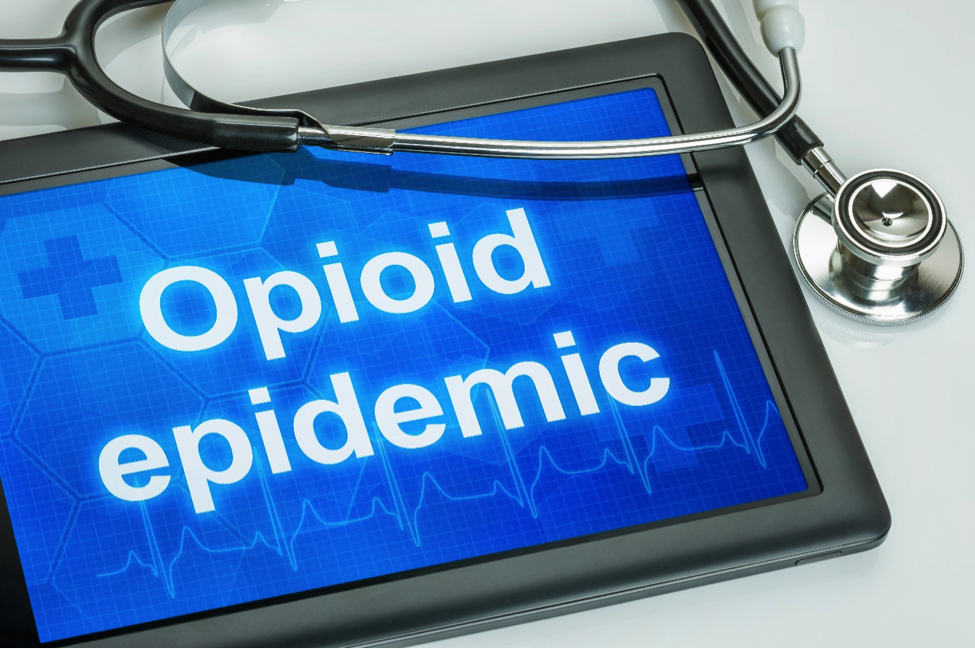
By the end of 2019, fatal opioid misuse was already rising in Colorado.
In 2018, there were 543 reported opioid deaths involving either prescription or illicit narcotics. In 2019, the number had climbed to 612. The influx of fentanyl and fentanyl-laced drugs from Mexico was particularly devastating; nearly half of all opioid-related deaths in 2019 involved the ingestion of fentanyl.
However, Colorado has adopted initiatives to destigmatize opioid use disorder, expand medication-assisted addiction treatments and improve access to mental health services. According to a report released by the American Medical Association in cooperation with Manatt Health and the Colorado Medical Society, projects that increased access to medications like naloxone helped save thousands of lives, even if progress in rural areas was still lacking. Though opioid misuse was undoubtedly climbing, it could be argued that there were reasons for optimism.
And then came COVID-19.
The pandemic accelerated substance misuse across drug categories. Deaths occurring from overdose rose nearly 40% in Colorado in 2020, an increase that surpassed the national average. Deaths specifically related to opioid misuse increased by approximately 54%. Economic anxieties, depression, lack of social contact, and fears of illness destabilized countless people struggling with substance use disorders. With access to behavioral health resources — including behavioral addiction treatment and group therapy — severely curtailed, incidents of drug reuse spiked.
Though the opioid epidemic has affected people across regional, economic and social lines, it has had an especially harsh impact on rural communities and communities of color — communities that were particularly ravaged by COVID-19.
Where do we go from here? Though Colorado faces a surge in opioid misuse, the issue is a national tragedy. Here’s a look at opioids, how opioid misuse differs from other substance use disorders and how The Raleigh House addresses opioid use disorder in clients.
What Is an Opioid?
Opioids are prescription or illicit drugs either sourced from opium or synthetically engineered to resemble opium. This drug classification is medically prescribed to alleviate severe pain, but opioids have no curative effect; they do not resolve or address any core medical problems that contribute to pain.
Opioids alter the neurological response to pain by attaching to proteins known as opioid receptors. This intervention interferes with the brain’s ability to recognize pain signals.
Unfortunately, chronic use of opioids carries a high risk of addiction and dependence. As the body grows more tolerant of the opioid, its ability to block pain signals decreases, which can lead to higher dosing. Over time, withdrawal symptoms can become so severe that discontinuing use causes additional pain — pain that can be significantly worse than the pain the opioid was originally meant to treat.
Prescription opioids include the following drugs:
- Codeine
- Fentanyl
- Hydrocodone
- Morphine
- Oxycodone
- Oxymorphone
People experiencing a prescription opioid dependency often turn to illicit opioids when prescription drugs are no longer accessible. Illicit opioids include heroin and opioids that are illegally manufactured and distributed for nonmedical use. Although prescription opioids carry a risk of misuse, prescription drug treatment can help address dependencies and prevent the escalation to more dangerous substances like illicit opioids.
While prescription opioid concentrations can be accurately measured, illicit opioids can contain variable dosages, which dramatically heighten the risk of overdose. Illicit opioids that are intravenously self-administered also carry a significant risk of infection transmission.
Compounding the opioid crisis is the increase of fentanyl in illicit drugs across classifications. Fentanyl is a synthetic opioid that is 100 times more powerful than morphine. Because it is synthetic and highly concentrated, production is considerably cheaper and more consistent — its supply chain isn’t affected by crop failure or natural disasters. It is also very easy to transport.
Though fentanyl is commonly found in illicit opioids like heroin and counterfeit prescription drugs, it is increasingly being detected in other classes of narcotics, like methamphetamine and cocaine. The ubiquity of fentanyl has led to a spike in overdoses among nonopioid substance users. This widespread contamination illustrates a crucial aspect of understanding the cost of the opioid epidemic, as its impact extends far beyond traditional opioid users and affects a broader spectrum of substance use communities.
How Opioid Misuse Differs from Other Substance Misuse Disorders
Opioid use disorders are particularly challenging because legitimate pain management concerns often trigger them. When opioid treatments are discontinued due to dependency, the issue of pain remediation remains, raising the risk of reuse. Some individuals explore alternatives, such as using medical marijuana to manage opioid dependency, to help address pain without the risks of opioids.
Opioid use disorders are particularly challenging because legitimate pain management concerns often trigger them. When opioid treatments are discontinued due to dependency, the issue of pain remediation remains, raising the risk of reuse.
Opioid Addiction Treatment at The Raleigh House
At The Raleigh House, we offer personalized opioid addiction treatment that integrates supervised medication-assisted treatment into targeted, intensive therapy. We are dedicated to helping clients effectively manage their opioid use disorder for the long term, providing alumni resources and flexible outpatient therapy that clients can efficiently incorporate into their lifestyles.
If you are fighting an opioid use disorder or know someone who is, please don’t hesitate to contact The Raleigh House team to discuss treatment options.
When you’re ready, we’re here.
